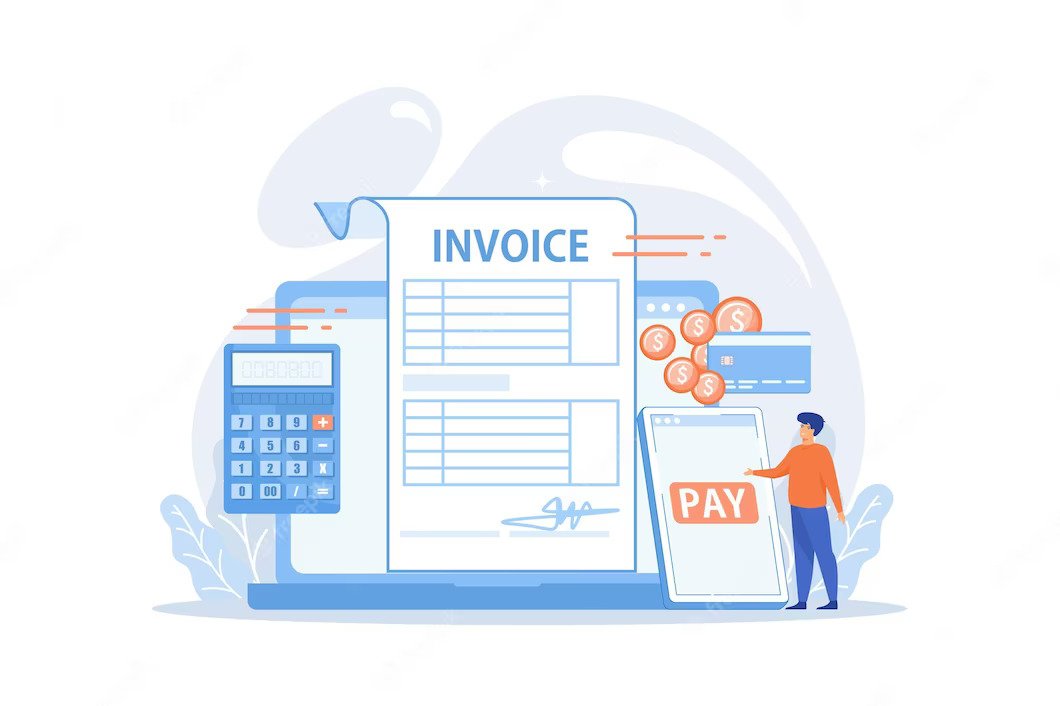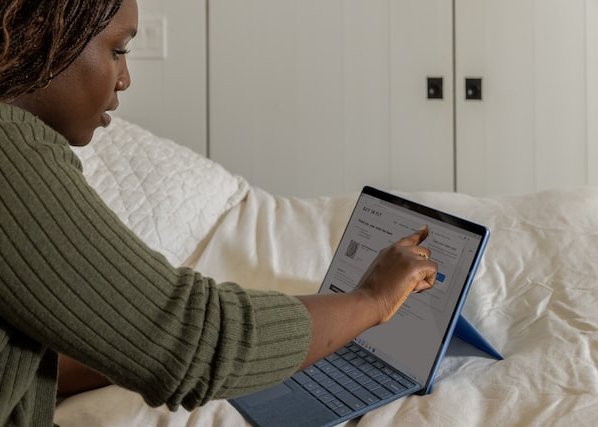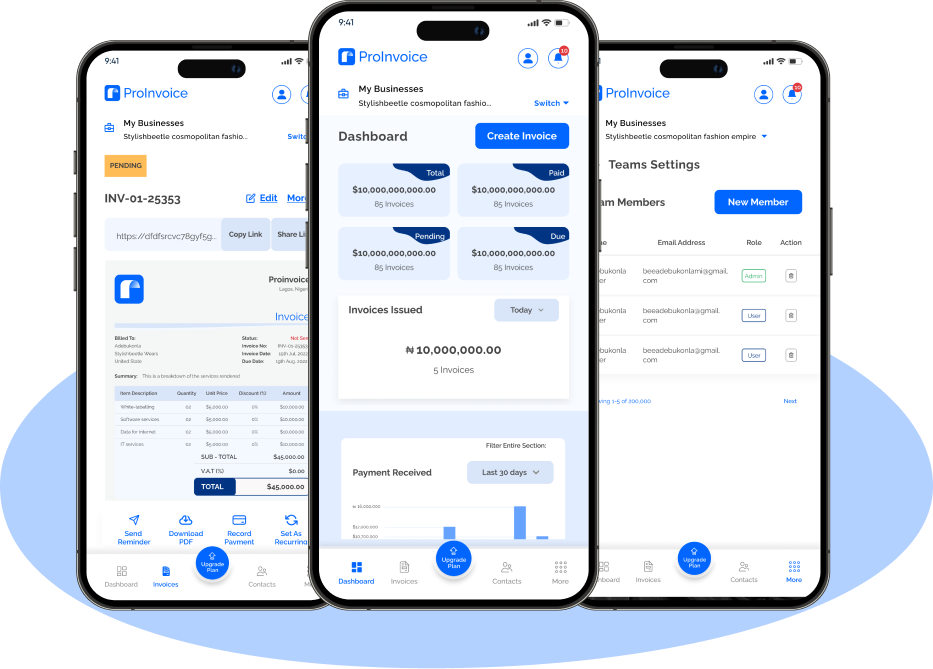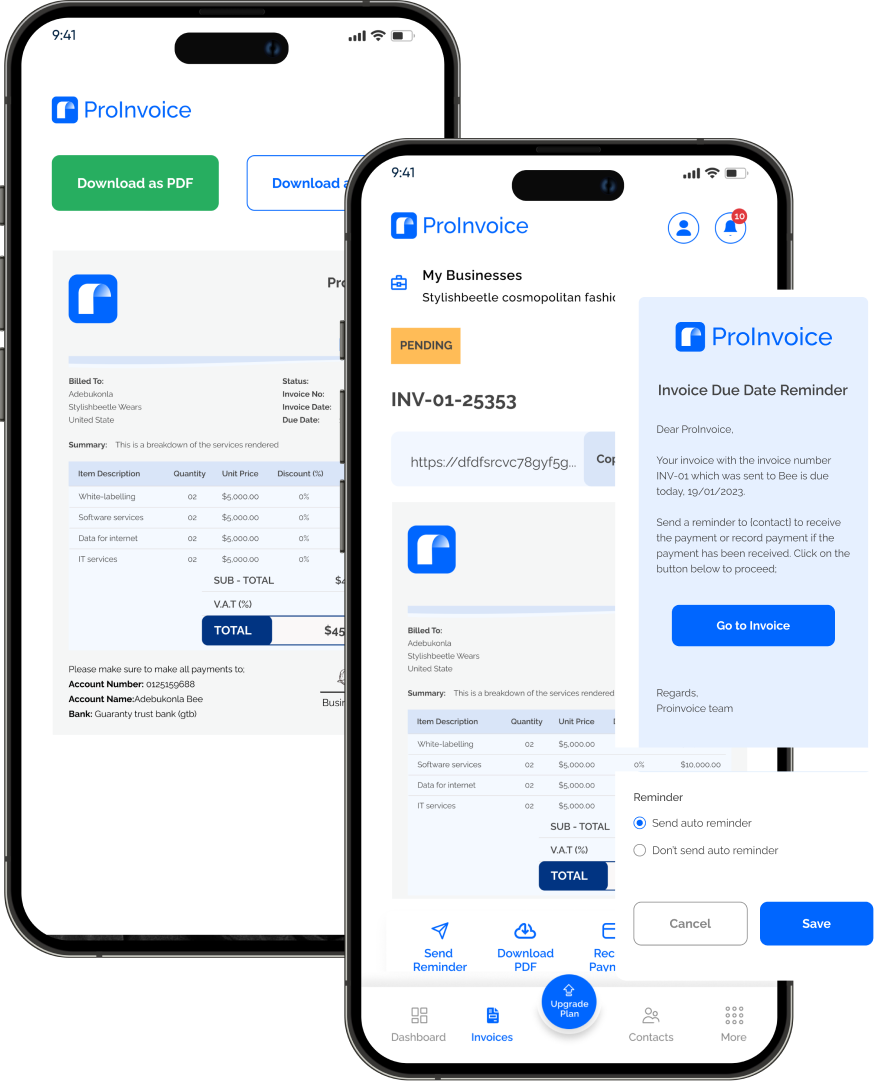To create an invoice as small business is not rocket science but if you are a new business you would want to know the best way to go about it.
Although, an invoice may not be a legally binding document, but it is still among the most important business documents for any kind of organization.
As a small business owner, perhaps you already understand the importance of invoicing for seamless payments. However, do you know what an invoice for small business should look like?
Not to worry, we’re here to help! At ProInvoice, we’ve provided invoicing solutions for several small businesses over the years.
As such, we’ve identified several useful tips to help you create an invoice for your small business.
How to Create an Invoice for Small Business
To request payment from clients, small businesses need accurate and orderly invoices.
As a small business owner, you can easily satisfy your invoicing needs by creating a unique and professional-looking invoice or taking advantage of prepackaged invoice templates.
Whether you’re a freelancer or an entrepreneur, the following steps will help you successfully create an invoice for small business:
1. Use a Header that Stands Out
A header is an essential part of your business invoice. Make sure to clearly identify your document as an invoice in the heading so that when your customer receives it, they’ll know immediately and everything will be clear.
For the header, choose a bold font with a clearly visible size. By explicitly identifying the document as an invoice at the top, and stating the amount the customer owes, you’ll be able to avoid any confusion.
Sometimes, you may need to send out other business documents besides the invoice. If this happens, and the invoice doesn’t clearly present as an invoice, it may get thrown out unintentionally, thus delaying your payment.
2. Include your Logo
Your invoice document should ideally include a header with your company logo.
If you’re using Microsoft Word to create an invoice for small business, choose an invoice template with a header that has room for your logo.
We recommend using invoice templates as an alternative because, with this option, you can ensure you’re including all the necessary details for a proper invoice.
3. Put in your Business Information
Your company’s legal name, email address, physical address (if applicable), phone number, and (if appropriate) fax number are other relevant details that you need to include in an invoice for a small business.
All of these information bits need to reflect at the top and bottom of the invoice document.
After including these details, verify again that all your contact information is accurate in case the client has to get in touch with you to pay with a credit card, make inquiries, or mail a check to your place of business.
Not only will inaccurate information make you appear sloppy and unprofessional, but it may also make it challenging to get paid.
4. Include your Client’s Name and Contact Details
It’s also important to include the client’s contact information on your invoice immediately below the heading.
Verify that you’re providing the correct contact information; sometimes this may not be the business contact/representative you regularly contact.
It may be another contact, perhaps a member of the organization’s billing team. These are important details to be on the lookout for.
Also, ensure to provide the client’s correct address and contact information.
5. Include Relevant Dates – Invoice Date and Due Payment Date
The date on which you produced the invoice also has a place on the invoice document, as well as when the payment is due.
Ideally, you should spell this out explicitly to your clients. If there are any fines or increments due to late payment, it also makes sense to spell it out clearly on your invoice.
If there is ever any question about when a product or service was provided, these dates can prove quite useful.
Make sure the dates (especially the date when payment is due) stand out from the rest of the invoice document by typing it in a visible font or using a separate font color.
Avoid using ambiguous payment deadlines like “Payment is Due in 10 Days“. Instead, spell the date out in full, for instance, “Payment is Due on June 31, 2023.” Such clarity and emphasis are less likely to lead to client confusion and misunderstanding.
6. Include a Unique Invoice Identifier
You should also include additional identifiers, such as a transaction-specific invoice number in your business invoice.
There are several ways to give each business invoice a unique number, but a popular one that most businesses adopt is listing their invoices chronologically.
When you number your invoices this way, finding a specific invoice in a database is significantly more straightforward. It’s also a good way to ensure you receive client payments on time.
7. Include a List of Products Sold or Services Offered
This is actually the most important part of a business invoice — an itemized list of the services you rendered or products you sold to a client.
In this section of your invoice, be sure to include the following details:
- A brief description of each product sold or service offered
- The number of products sold or the number of hours service was provided
- Pay rate per product/service
- A summation of the costs for each service/product
You could also include a section containing further information to clarify what is included on the invoice, such as a section that expands on the item descriptions.
This could be extra supplies used for a project or extra work hours put in.
8. Add the Total Amount Due and Payment Terms
After calculating the total amount to be paid by the client, add the tax and state the figure clearly on the business invoice.
The invoice’s total should be written in a large, bold font that clearly stands out from the rest of the document.
At the bottom page, also include a list of the payment options you accept along with your payment terms.
This is also where you should provide the details of your late payment policy as well if there is an imposition of late fees for invoices that are past due.
A thoughtful thank-you message at the end is also a good idea.
Invest in Smart Invoicing for Small Businesses with ProInvoice
There’s no need to go through the stress of creating invoices for your small business. Let’s handle all of that for you.
Sign up with ProInvoice today, and enjoy a seamless invoicing experience. Send invoices conveniently, get paid faster, and transact your small business with zero stress.












